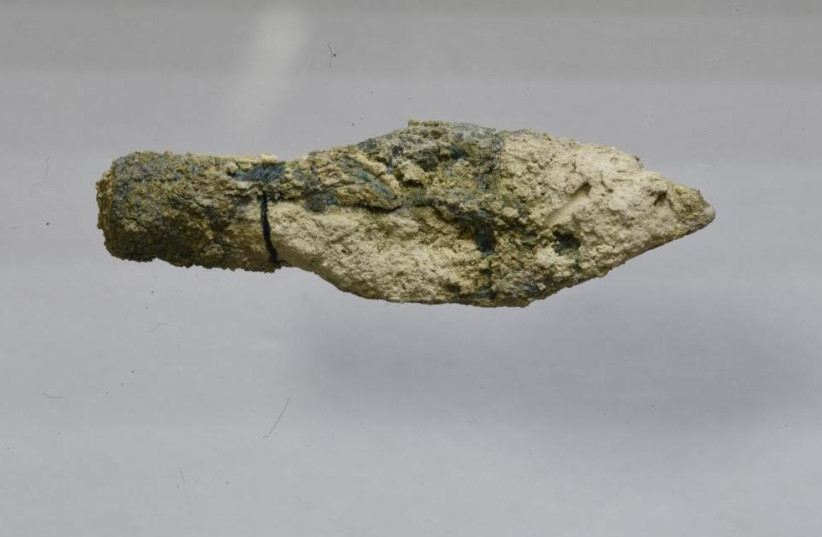The world's oldest drawing of a ghost has been discovered in the British Museum, The Guardian reported on Saturday.
The drawing has been identified on an ancient tablet from Babylonia that was constructed approximately 3,500 years ago.
The drawing presents a male ghost with his hands tied by a rope, being led by a woman pulling the rope. It is said to be a guide to getting rid of unwanted ghosts by acknowledging what brought them back to the living world, which is shown here as a ghost searching for a partner.
Half of the tablet is reportedly missing, according to the report, and the other half is said to be small enough to fit in a human palm. The other side of the tablet contains instructions of what to do should a ghost continue to pursue any individual, which requires making figurines of a man and woman.
Two years ago, researchers from the University of North Carolina said that they found evidence pointing to the validity of the Babylonian Conquest of Jerusalem in 587/586 BCE which included their discovery of arrowheads from that era, Iron Age potsherds and jewelry.

In July, archaeologists reportedly found a section of Jerusalem’s city wall that was destroyed by the Babylonians in that conquest and also discovered multiple artifacts that offer a glimpse into the daily life of Jerusalem when the wall was still standing, which include fragments of pots and pans.
Rossella Tercatin and Zachary Keyser contributed to this report.
